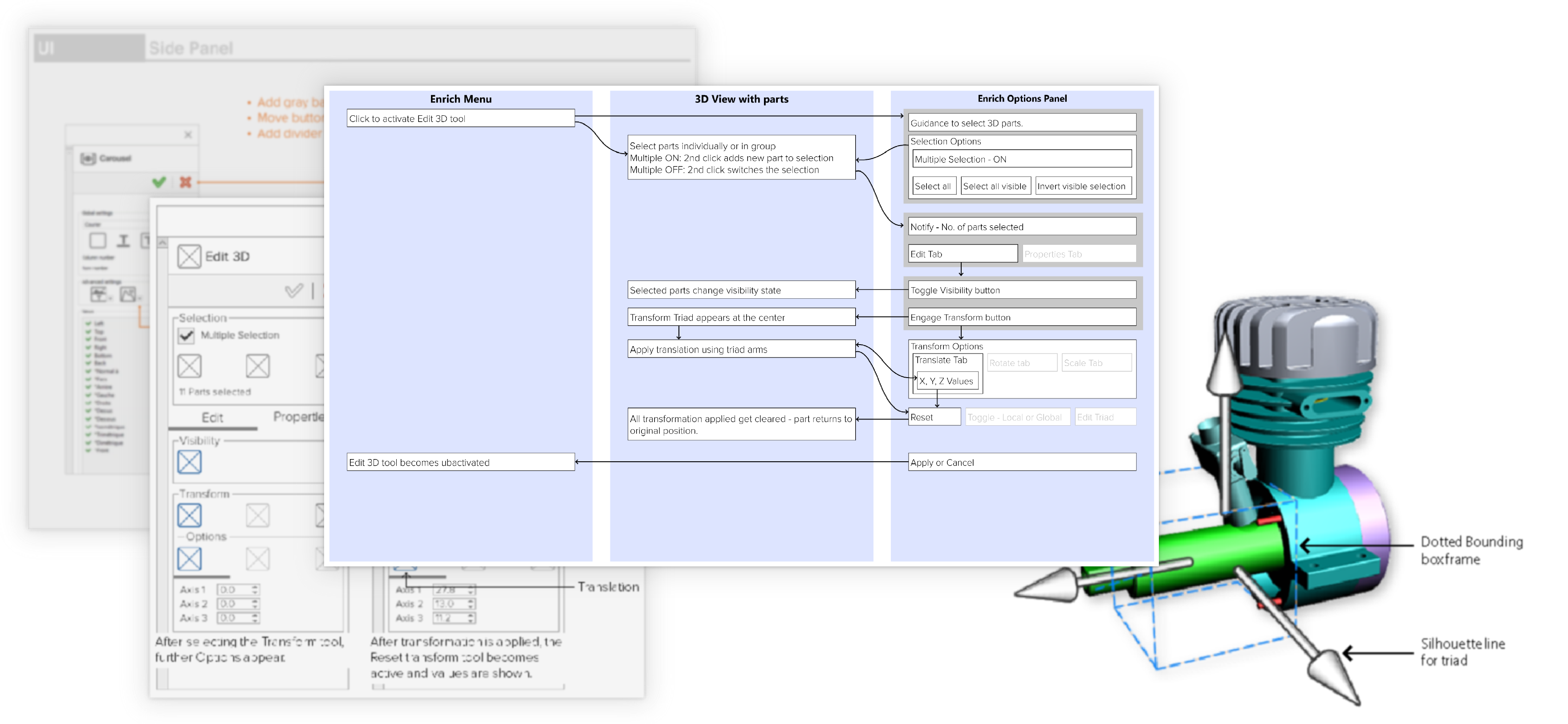
(1,2) More than offering a drastic reduction of bulk-solvent use in the syntheses, it offers a precise control over the stoichiometry of the reaction, as well as simple and straightforward synthetic procedures. Ball-milling (BM) syntheses have notably proved to be of great interest in pharmaceutical materials screening, battery development, or even catalysis. In recent years, the use of mechanochemistry in material synthesis has undergone an exponential development. Overall, the synthetic and spectroscopic approaches developed herein are expected to push forward the understanding of the structure and reactivity of other complex coordination networks and MOFs.


Lastly, the possibility of using deuterated precursors ( e.g., D 2O and d 4-BDC) during ball-milling is also introduced as a means for observing specific transformations during operando Raman spectroscopy studies, which would not have been possible with hydrogenated equivalents. This allowed the presence of defect sites to be identified for the first time in one of the phases, and the nature of the H-bonding network of the hydroxyls to be established in another. Particularly noteworthy are the high-resolution 17O NMR analyses, which were made possible in a highly efficient and cost-effective way, thanks to the selective 17O-enrichment of either hydroxyl or terephthalate groups by ball-milling. An “NMR crystallography” approach was then used, combining solid-state NMR ( 1H, 13C, and 17O) and density functional theory (DFT) calculations to refine the poorly described crystallographic structures of these phases. Here, using mechanochemistry in combination with operando Raman spectroscopy, the observation of the formation of various zinc terephthalate compounds was rendered possible, allowing the distinction and isolation of three intermediates during the ball-milling synthesis of Zn 3(OH) 4(BDC). This is notably true for compounds composed of Zn 2+ ions and terephthalate ligands (benzene-1,4-dicarboxylate, BDC) because of the difficulties in isolating them as pure phases and/or because of the presence of structural defects.

The description of the formation, structure, and reactivity of coordination networks and metal–organic frameworks (MOFs) remains a real challenge in a number of cases.


 0 kommentar(er)
0 kommentar(er)
